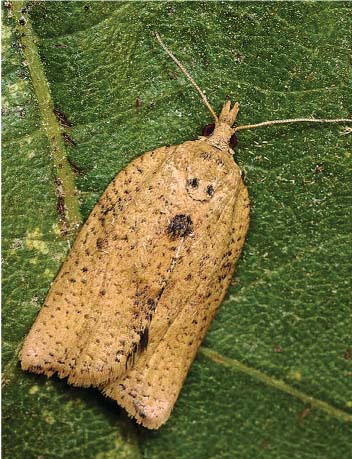University of California
News & Information Outreach
Light brown apple moth eradication unlikely
A recently certified report on light brown apple moth asserts that the pest, native to Australia, cannot be eradicated from California.
"Given the increases in LBAM population densities and the extent of contiguous spread of LBAM observed over the past 2 years, coupled with a lack of area-wide management tools, eradication is no longer feasible in California," the USDA report says.
The "area-wide management tools" referred to in the report includes aerial pheromone spraying, which drew the ire of many environmentalists. Instead, control will be attempted with twist-ties that release pheromones and with the release of sterile moths to disrupt breeding.
According to the AAAS ScienceInsider blog by Ingfei Chen, CDFA concurs with the USDA finding. The agency's main goal is to "contain, control and suppress" the pest, Chen wrote. An article in the Stockton Record said ag officials will still try to eradicate small, discrete infestations such as those found in Manteca and Tracy.In an article about the strategy change, the Santa Rosa Press Democrat noted that the January-March 2010 issue of UC's California Agriculture journal included a peer-reviewed article about LBAM control in New Zealand. The article said the moth “is successfully managed” there with modern pest control techniques. LBAM was an economically important pest from the 1960s to 1980s in New Zealand, and developed resistance to broad-spectrum insecticides, but today a combination of biological control and judicious use of selective insecticides keep LBAM at bay.
Chen said in her blog that the new focus on pest control, rather than eradication, is what some critics of LBAM eradication, including UC Davis biodemographer James Carey, have been advocating for some time. Chen is the author of a lengthy profile of Carey and his LBAM views that appeared on the AAAS Science Web site in January.

LBAM is in California to stay.